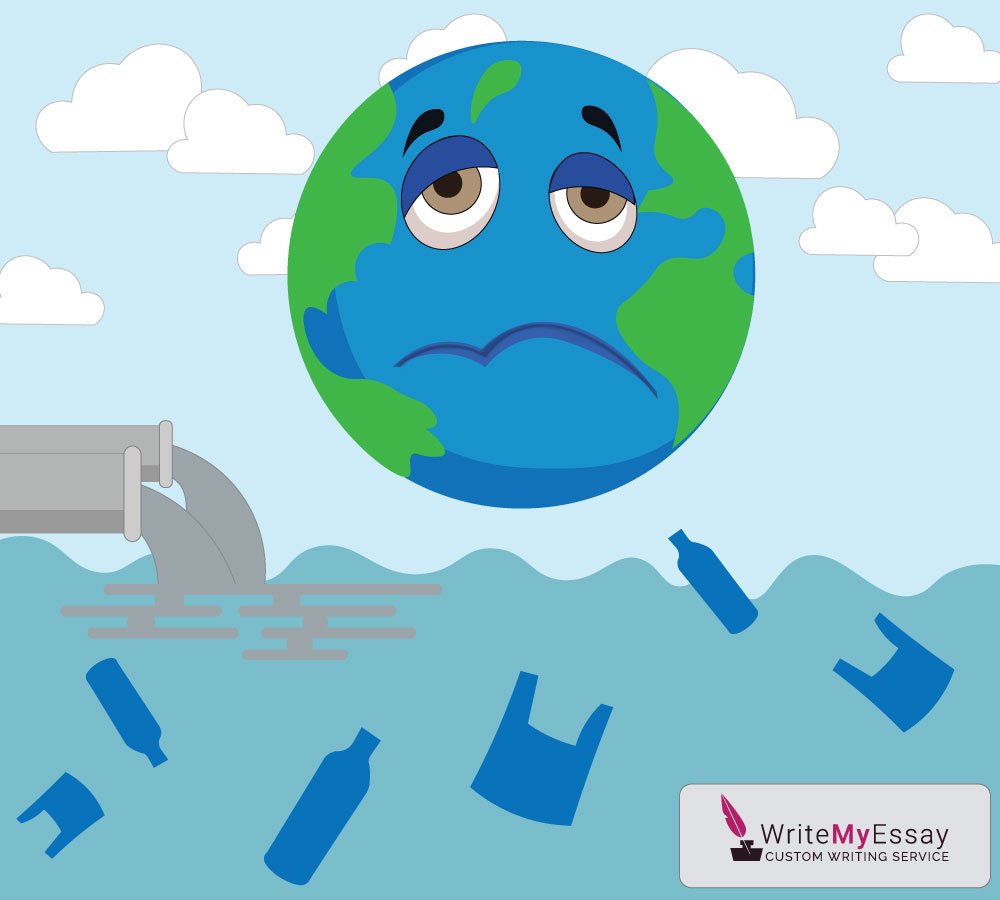Ocean pollution: unseen tragedies essay sample

The problem of marine pollution is not as vivid as the image of landfills in suburban areas. Sometimes we may not notice sea pollution, but still, it changes the quality of water within marine ecosystems. There are various sources of toxic chemicals entering the water and causing a vast damage. Marine ecosystems consist of a large number of species all of which can be poisoned by toxic wastes. From plankton and sea weed to large marine mammals and sea ice inhabitants, most animals stay vulnerable to all types of pollution, especially the one caused by humans.
The most common and permanent type of marine pollution is a nonpoint source pollution. It occurs due to the runoff of natural and synthetic chemicals from urban areas, individual households, cattle farms, fields etc. These are not necessarily toxic industrial wastes or routine disposals. The excess of chemicals that naturally occur in water also damages marine ecosystems. Agricultural activities and farm animals supply nitrogen and phosphorus in excess that causes toxic algal blooms. Untreated sewage is another source of contamination that endangers marine species as well as tourists recreating at the shore. Solid wastes create marine debris that may injure and kill some ocean fauna. Point source pollution, like oil spillage, occurs occasionally, but it may instantly kill some amount of fish and poison an entire seashore.
Fish and mammals may be directly contaminated by chemicals or damaged due to the consumption of smaller species in their food chain. The beluga whales are reported to be the most toxic accumulating mammals in the western hemisphere according to their ability to accumulate chemicals. High toxin levels are also found in killer whales habitats of which shrink in the most polluted aquatic zones.
